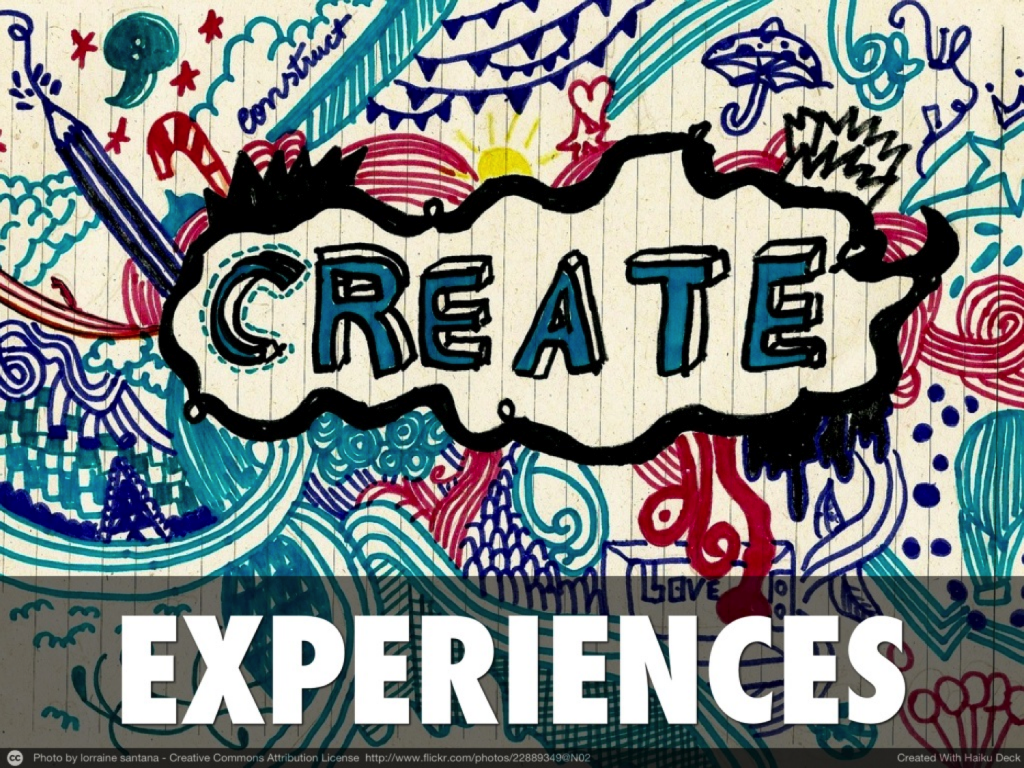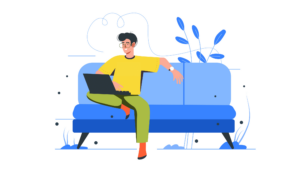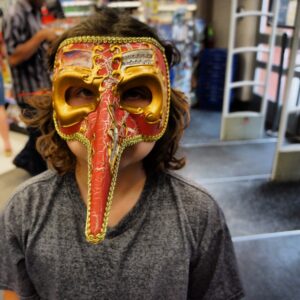‘Are you experienced? Have you ever been experienced?’ Jimi Hendrix asks listeners this question in the chorus of the title track of The Jimi Hendrix Experience’s classic 1967 LP, Are You Experienced.
However, this same question is one that more marketers will soon want to start asking their customers. Why? The power of shared experiences.
What are shared experiences?
A shared experience is exactly what it sounds like: seeing, hearing, or doing the same thing as someone else. Although it’s a simple concept, shared experiences have a deep impact on human socialization because they enhance each person’s individual experience.
In a study by Yale University, it was observed that when two people ate a piece of chocolate, they each described it as more flavorful and enjoyable than either of them did when one person was eating the chocolate and the other person was doing something else. Whether it’s eating food, seeing a TV show, or rooting for a sports team, sharing an experience with others makes an experience more enjoyable for us humans.

The Internet is one big reason why today’s shared experiences are more powerful than ever. This power comes from the ability of shared experiences to transcend from the Internet into the real world, and vice-versa. How does this happen? Let’s take a great example from major recent event in the United States: the Super Bowl.
[Tweet “Shared experiences are powerful, they bring people together and enhance individual experiences. “]
Shared Experiences in Action: The Curious Case of Left Shark
While the Super Bowl is a major draw for football fans all over the country, many people also tune in to watch the halftime show, which is always quite elaborate and longer than it is during the regular season.
This year, pop singer Katy Perry headlined the show, and at one point was flanked by two dancing sharks. When the shark on the left side of the screen seemed to be flubbing the planned dance routine, the world took notice: Left Shark was born.
Left Shark generated a flood of discussion. What started as a shared experience by viewers of the Super Bowl halftime show quickly leaped into our collective conscience, appearing on social networks, blogs, and prominent publications like The New Yorker, Rolling Stone, and The Washington Post. Left Shark was in a television commercial for major sports network ESPN. In fact, it was recently reported that Katy Perry’s lawyers sent a cease and desist letter to a man who was selling 3-D figurines of the Left Shark character.
Left Shark is a classic example of how shared experiences grow larger than what they were initially to become something of a cultural phenomenon.
The big question for marketers is, how can the great power of shared experiences be harnessed in a way that helps them grow their brand? There are a few key tactics.
Promoting Great Shared Experiences

1) Target experiences that are common for everyone. Think about activities that all people from all backgrounds of all ages can relate to, as this helps improve each person’s experience: research suggests that extraordinary experiences aren’t good for helping people relate to each other.
2) Promote your experiences on several channels. Try using the same video or image on a multitude of different social networks, in your print media, and so on: this helps magnify the power of the shared experience to transcend any single medium, like our friend Left Shark
3) Put yourself in the customer’s shoes and think about what they would want. Virgin Atlantic is a relatively small airline when compared to titans like Delta and British Airways, yet Virgin is still the number two airline in the U.K. and one of the most memorable. How have they done it? A strong focus on customer experience, including in-flight bars, massages, or manicures, and a staff that has been trained to be casual and fun. Virgin figured out what people flying on commercial airlines wanted, and delivered it in spades.
Key Takeaway: Shared experiences are powerful because they bring people together and enhance each person’s individual experience. Companies that offer positive shared experiences do a much better job of marketing themselves to customers and prospects, online and offline.





